Laptop Mag Verdict
This inexpensive USB gadget lights up to show your office mates when you're too busy to chat, but they may not pay attention to its message.
Pros
- +
Lights up to show your work status; Easy to use
Cons
- -
Your colleagues may not obey it; Can't move between devices
Why you can trust Laptop Mag
When you're working with colleagues in an open office space, it can be really difficult to go "heads down" and get work done. Even if you strap on some headphones and play music to drown out ambient noise, your co-workers may still walk over and try to speak with you.
The $28 Luxafor Flag offers a unique and compelling way to let others know you don't want to be disturbed. Made by a Latvian company named Greynut, this small USB light attaches to the back of your laptop lid or to the side of your monitor and lights up red, green or one of several other colors. This signal lets your office mates know whether you have time for them. I used the device for several weeks in our open-area news room, and found that, while the Luxafor Flag gets the message across, people often ignore it.
Design
You won't have any problem carrying the 0.2-ounce Luxafor Flag around, but you may not like the magnet you have to stick permanently on your laptop or monitor. The Flag itself is just a 1.8 x 0.5 x 0.3-inch white, plastic square with a 0.7 by 0.8 x 0.1-inch transparent, plastic light sticking out of it.
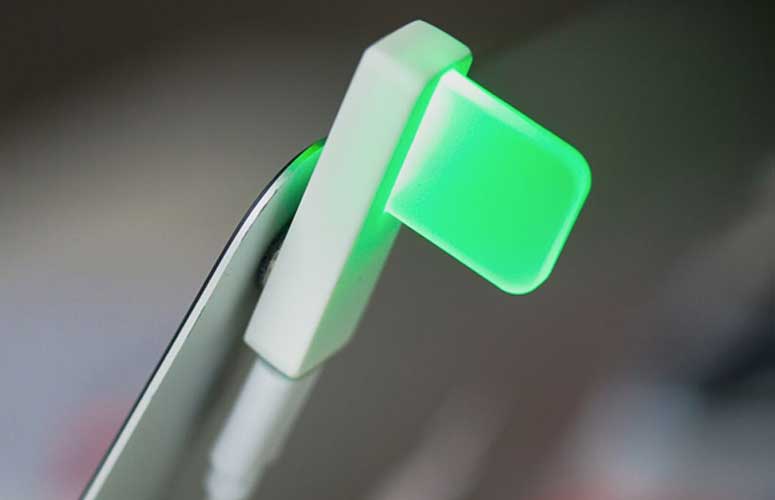
You connect the Flag to your laptop using the included micro-USB-to-USB cable so the device can get power and instructions telling it which color to display. The device comes with a small circular anchor magnet that has adhesive on its back so it can stay attached, either to the back of your laptop lid or to the side of your external display. I connect my laptop to two large monitors, so I stuck the flag on the left side of one of the screens in order to make the signal more visible to my co-workers.
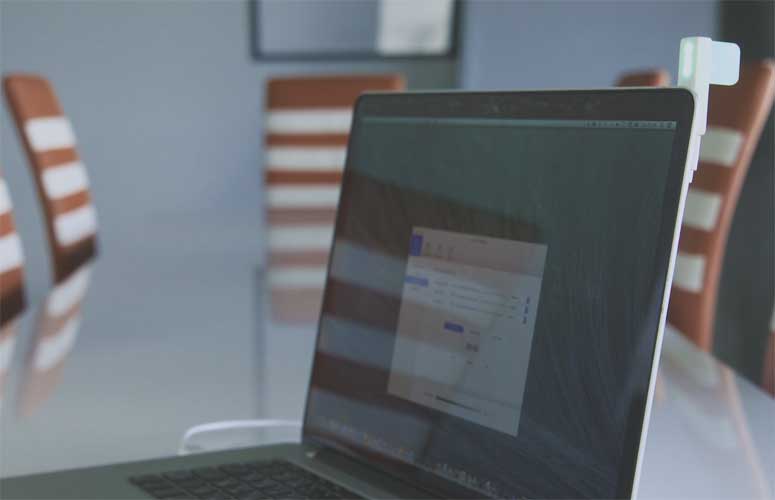
A different magnet inside of the Flag's white body sticks to the magnet on your computer. That makes removing the flag itself easy, but if you want to pull the permanent magnet off of your computer, you'll have to pry it off, ruining the adhesive on the magnet's back and possibly leaving residue on your equipment. Unfortunately, the device comes with only one anchor magnet, so you can't move the Flag among multiple computers or between a monitor and a lid.
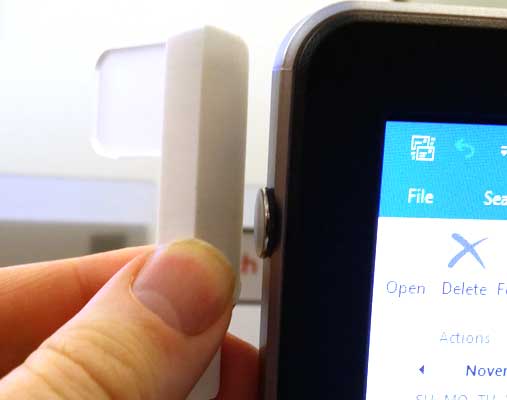
Software
To use the Luxafor Flag, you must download the client software, which is available for both Windows and Mac. The Windows version that I tested appears in the system tray and remains running at all times.
MORE: How to Create Keyboard Shortcuts in Windows 10
Using the Luxafor software, I was able to turn the light on and off and set it to red, green, blue, yellow, or any custom color and brightness that I wanted. To make it easy to change colors, you can also assign hot keys. For example, I set CTRL + ALT + R to turn my light red and CTRL + ALT + G to make the light green.
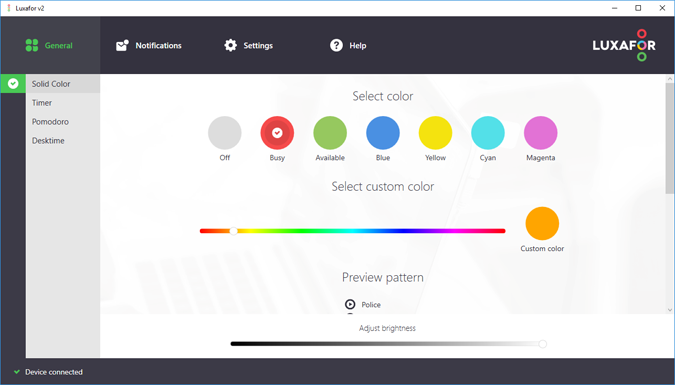
In addition to manually changing the Flag's color, you can assign timers that will automatically set the light for particular times of day. However, you can set only hours, not days, so if you want your light to turn red from 1 p.m. to 3 p.m. on Thursday but remain green at the same time on Friday, you'll need to go in and change the settings Thursday night.
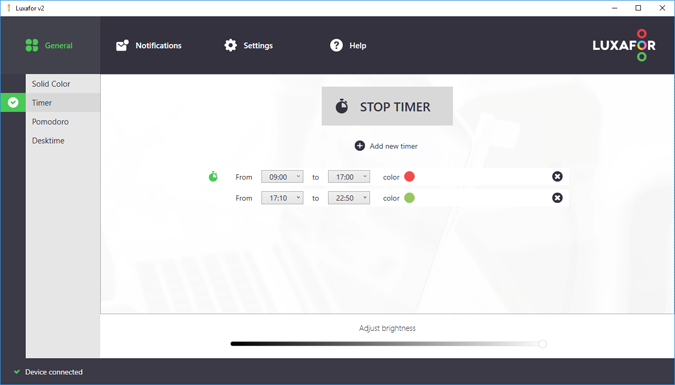
The Luxafor software also has a function that helps you follow the "Pomodoro Technique" for time management by flashing the light to indicate that it's time to go on a break or start working again. This productivity method, which has existed since the 1990s, divides your day up into 25-minute task blocks with brief rest periods in between.
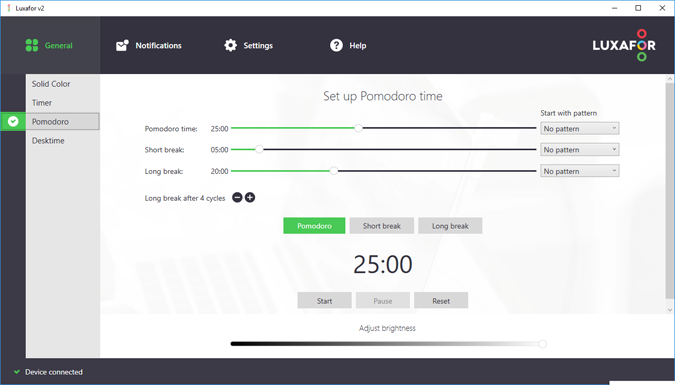
The Luxafor software can also integrate with the Desktime third-party productivity tracker to change the light to show when you are deep into a project. Greynut also has posted APIs for Windows and Mac that developers can use to access the Luxafor Flag with their own software. The company says that a future update will integrate with IFTTT, Skype and Outlook. I would really like to see Luxafor work with HipChat, our company's current chat client of choice, so that marking myself as busy online would also turn my Flag red.
Notifications
The Luxafor software also has a notifications feature, which can log in to your Gmail or other type of email account and blink when you get new messages. This capability wasn't particularly useful for me, because I was already looking at my screen, rather than the flag, when new mails came in.
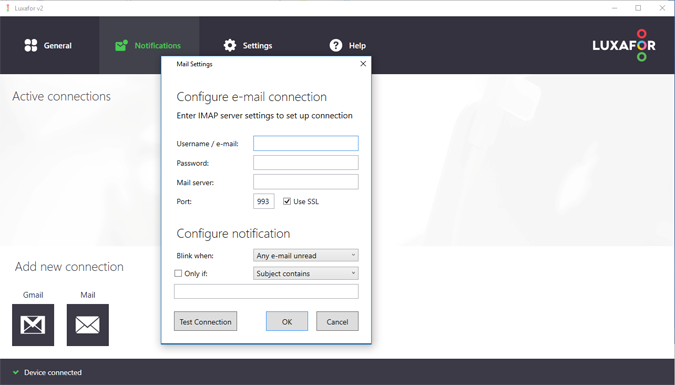
Perhaps if you're standing across the room from your computer and you see it blink, you'll know that an email has arrived and rush over to your PC to check. However, the flag blinks the same pattern for every email that arrives, and it performs the pattern only once per alert, so you'd need to be staring at the device to catch it in action.
Real-World Use
There's no doubt the Luxafor Flag works technically, but people may not actually respect the meaning of the red light and may decline to leave you alone. Over the course of several weeks of use, I found that most of my co-workers completely ignored the red light and interrupted me to talk about work.
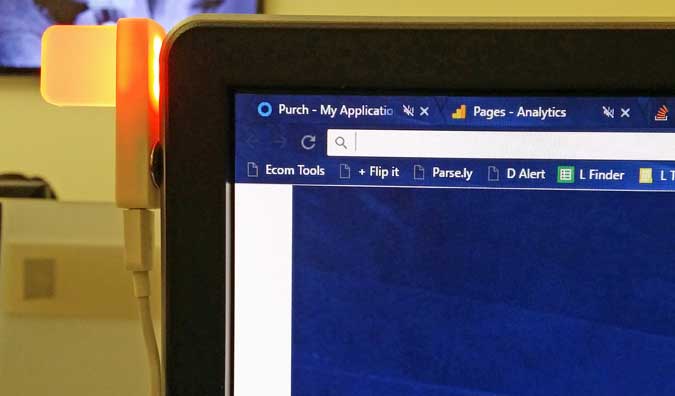
Even after I sent a group email to everyone in my department explaining what the different light colors mean (red = busy, green = available), people seemed to have no qualms about breaking into my heads-down time. Many interrupting co-workers said they couldn't see the light, even though it was mounted near the top of my monitor.
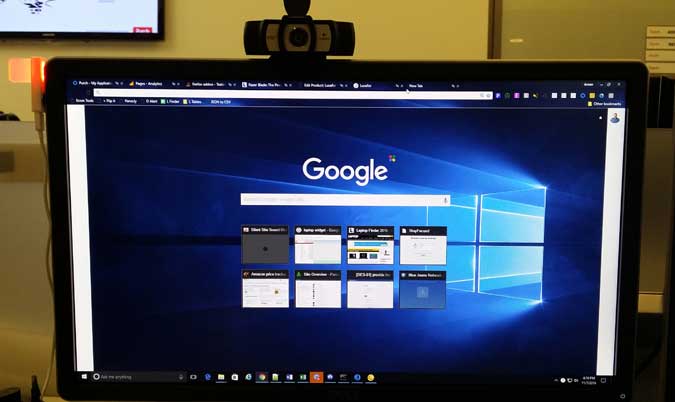
To be fair, I often forgot to change the light back to green when I really could have talked to people. I found that keeping track of my own availability was a bit of a chore in and of itself. As I moved between tasks, I had to stop and ask myself, "Am I really heads down or just normally busy?" Most often, I chose to keep the light on red for large portions of the day, but people still ignored it.
Bottom Line
For the Luxafor Flag to really work well, it needs to be deployed as part of a larger effort to create an office culture that values dedicated heads-down time. Companies that want to build this kind of environment should buy Luxafor devices for all of their employees and educate the staff about how and when they should turn their lights to red. Users would also have to mark themselves busy in chat tools and email so their bosses and co-workers don't disturb them online as well as off-line.
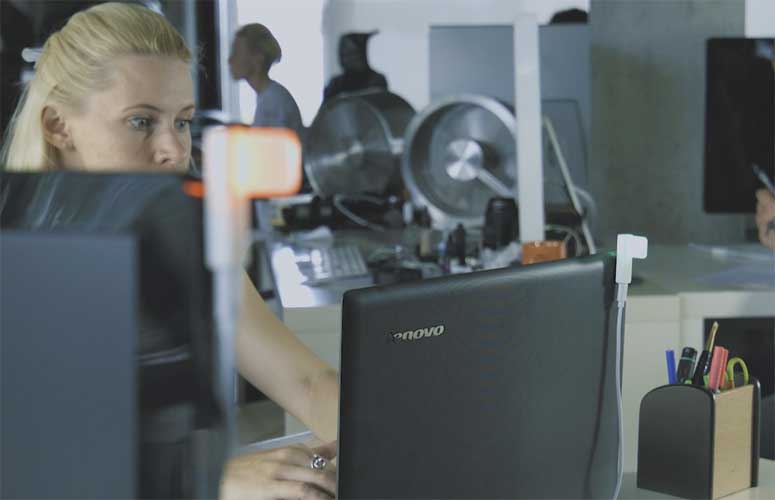
For individuals hoping to get some peace in crowded workspaces, the Luxafor Flag is less likely to work. If you're in a position of authority and can properly educate your office mates about the meaning of the light and get them to leave you alone, you might see a benefit, but that seems like a best-case scenario. The Flag can send a signal about your status, but it can't correct other people's behavior.
Luxafor Flag Specs
| Accessories Type | Status Lights |
| Brand | Greynut |
| Company Website | www.luxafor.com |
| Size | 1.8 x 0.5 x 0.3 inches |
| Weight | 0.2 ounces |

